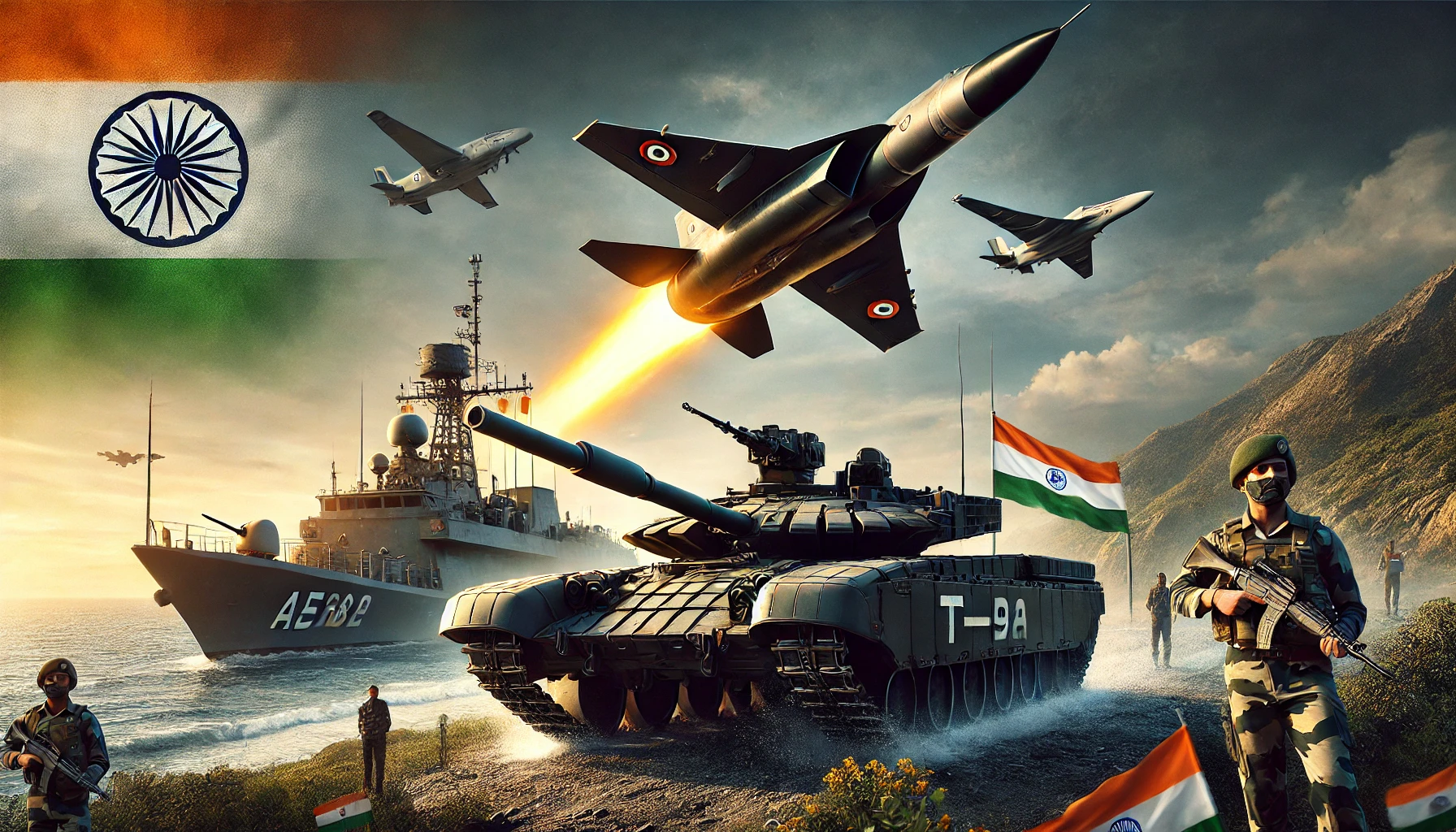Rules Under Inter-Services Organisations Act Now in Force to Boost Jointness
The recently notified Rules under Section 11 of the Act complete the legislative and regulatory architecture, enabling the practical implementation of the law across all designated ISOs.

- Country:
- India
In a historic move aimed at strengthening the joint operational capabilities of India’s Armed Forces, the Government of India has officially notified the Rules under the Inter-Services Organisations (Command, Control and Discipline) Act, 2023. These Rules, published via Gazette Notification, came into effect from May 27, 2025, marking the full operationalization of the Act and a transformative step in fostering greater integration and efficiency within the military establishment.
Legislative Journey and Timeline
The Inter-Services Organisations Act, 2023, was passed during the Monsoon Session of Parliament in 2023, underscoring the government’s resolve to establish a clear and unified chain of command across the tri-services framework. The legislation:
-
Received Presidential assent on August 15, 2023
-
Came into force on May 10, 2024, as per Gazette Notification dated May 08, 2024
-
Formally recognized Inter-Services Organisations (ISOs) through Notification No. SRO 72 on December 27, 2024
The recently notified Rules under Section 11 of the Act complete the legislative and regulatory architecture, enabling the practical implementation of the law across all designated ISOs.
Purpose and Scope of the Act
The Inter-Services Organisations (Command, Control and Discipline) Act, 2023, is designed to facilitate efficient functioning, seamless coordination, and disciplinary harmony across military units that operate under an inter-services command structure. The Act specifically empowers:
-
Commanders-in-Chief and
-
Officers-in-Command of ISOs
to exercise disciplinary authority over service personnel of all branches of the Armed Forces (Army, Navy, and Air Force) assigned to their command. This enables the streamlined administration of justice, expedites case resolutions, and prevents duplication of proceedings, while preserving the unique service conditions of each military wing.
Key Features of the Notified Rules
The newly framed Rules are integral to implementing the Act effectively. Their highlights include:
-
Procedures for disciplinary actions and administrative redressal mechanisms within ISOs
-
Defined jurisdictional authority for commanders of inter-services establishments
-
Frameworks for integrated decision-making, ensuring functional and legal clarity
-
Mechanisms for reporting, appeals, and oversight in line with the military justice system
-
Safeguards to ensure no infringement of service-specific entitlements or legal rights
These Rules not only operationalize the provisions of the Act but also lay the foundational principles for a unified chain of command, enhancing overall coordination and operational readiness.
Strengthening Jointness and Operational Synergy
The activation of this legal framework will have a profound impact on the functioning of key tri-service institutions such as:
-
Integrated Defence Staff (IDS)
-
Andaman and Nicobar Command (ANC)
-
Defence Cyber Agency
-
Defence Space Agency
-
Defence Intelligence Agency
These organisations, comprising personnel from all three services, will now benefit from a clear legal and administrative hierarchy, removing ambiguities and delays in the chain of command.
This is particularly significant in the context of India’s evolving defence doctrine, which emphasizes jointness, theaterisation, and multi-domain operations. The Act and its supporting Rules are thus crucial enablers in the creation of joint theatre commands, which are currently under active consideration.
Benefits and Long-Term Impact
The implementation of the Inter-Services Organisations Act and its Rules is expected to:
-
Accelerate the unification of command structures
-
Promote accountability and quick disciplinary action
-
Enhance administrative coherence and legal clarity
-
Reduce inter-service frictions in joint organisations
-
Strengthen India’s ability to respond to multi-domain threats
Most importantly, this will foster a culture of seamless coordination, laying the groundwork for a modernized and agile Indian military capable of tackling emerging global and regional security challenges.
The full operationalization of the Inter-Services Organisations (Command, Control and Discipline) Act, 2023, is a milestone in India's military reforms. By empowering ISO leadership with the legal tools necessary for effective command and discipline, the Act not only enhances internal efficiency but also supports the broader strategic goals of jointness, readiness, and integration.
With these Rules in place, India takes a decisive step toward building a more unified, responsive, and modern defence force, aligned with the vision of Atmanirbhar Bharat and global security leadership.
- READ MORE ON:
- Inter-Services Organisations Act 2023
- Indian Armed Forces
- joint military command
- tri-services integration
- defence reforms India
- theatre command
- military discipline rules
- PM Modi defence policy
- Gazette Notification
- military justice system
- IDS
- ANC
- operational synergy
- Atmanirbhar Bharat defence
- defence legislation India
ALSO READ
Emotional Farewell: Ancelotti and Modric Exit Real Madrid
Carlo Ancelotti Takes Charge: Reviving Brazil's World Cup Hopes
Carlo Ancelotti Takes Helm of Brazil's National Team
Harvard Settles Over Historical Photos of Enslaved Ancestors
Scoda Tubes Secures Rs 66 Crore from Anchor Investors Ahead of IPO










